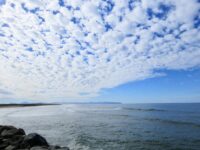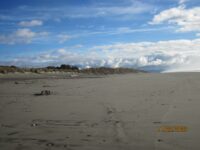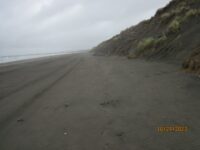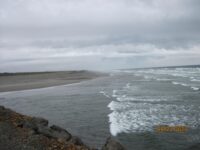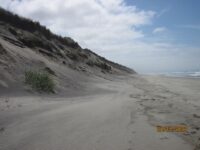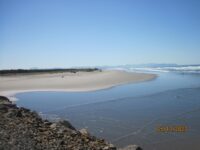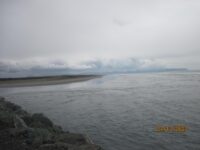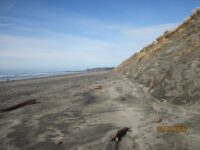Mile 340 Report
South Jetty Columbia River, Fort Stevens SP
February 28, 2015
This was actually taken up the Columbia at the Julia Butler Hansen NWR but I thought it would be of interest to folks here.
Report Details
This was actually taken up the Columbia at the Julia Butler Hansen NWR but I thought it would be of interest to folks here.There were hundreds of sea lions in the river. I believe they were following the smelt run: http://www.columbian.com/news/2015/feb/28/outdoors-survey-marine-mammals.... But the coolest thing was a group of about 40 sea lions swimming upriver as a group. They would all splash and jump out of the water for a couple of minutes, then disappear underwater for 3-4 minutes, then appear on the surface upstream, jumping and splashing again. They did not appear to be catching fish, this is just how they were traveling.I took videos of this. Go to https://www.facebook.com/RefugeStewards/videos and watch the videos in order (1, 2, 3) to watch them swim up the river.
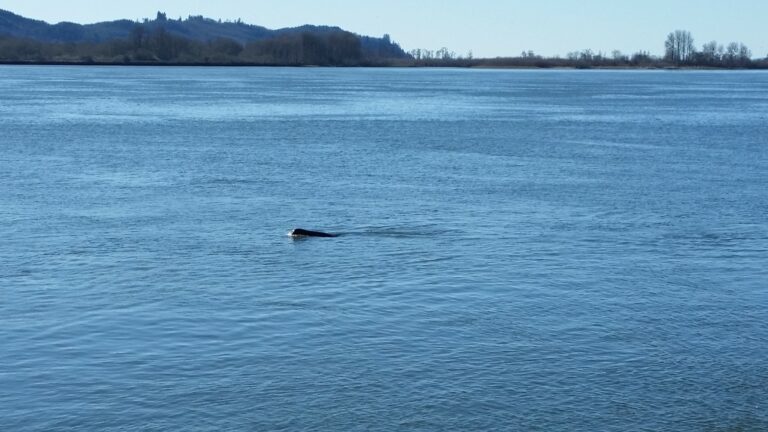
Report Images
All Mile 340 Reports
Mile 340
South Jetty Columbia River, Fort Stevens SP
This mile report was conducted to document notable wildlife offshore observed from the South Jetty/Parking Lot C area looking down onto mile 340 from the jetty.
sultanym
Mile 340
South Jetty Columbia River, Fort Stevens SP
Nothing important to note.
edjoyce
Mile 340
South Jetty Columbia River, Fort Stevens SP
Small amounts of marine debris were reported on NOAA's Marine Debris survey report.
edjoyce
Mile 340
South Jetty Columbia River, Fort Stevens SP
Dunes are taking on less steep slopes - see photos.
edjoyce
Mile 340
South Jetty Columbia River, Fort Stevens SP
Dead sea lion, which had been shot with a shot gun, and direct evidence of continued eastward migration of eroding dunes
edjoyce
Mile 340
South Jetty Columbia River, Fort Stevens SP
Steep dune faces typical for winter.
edjoyce

